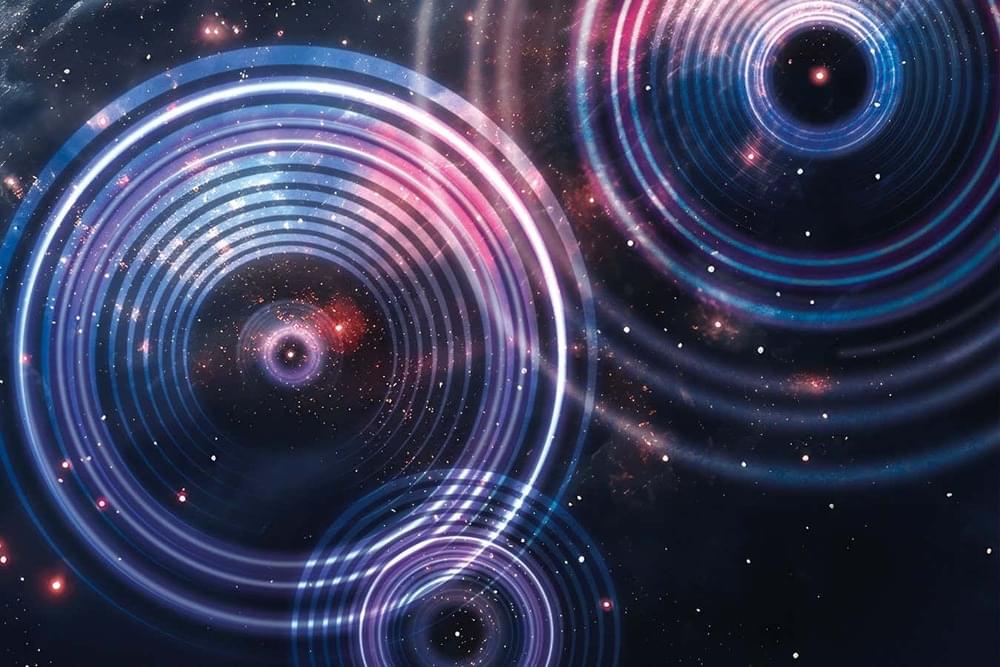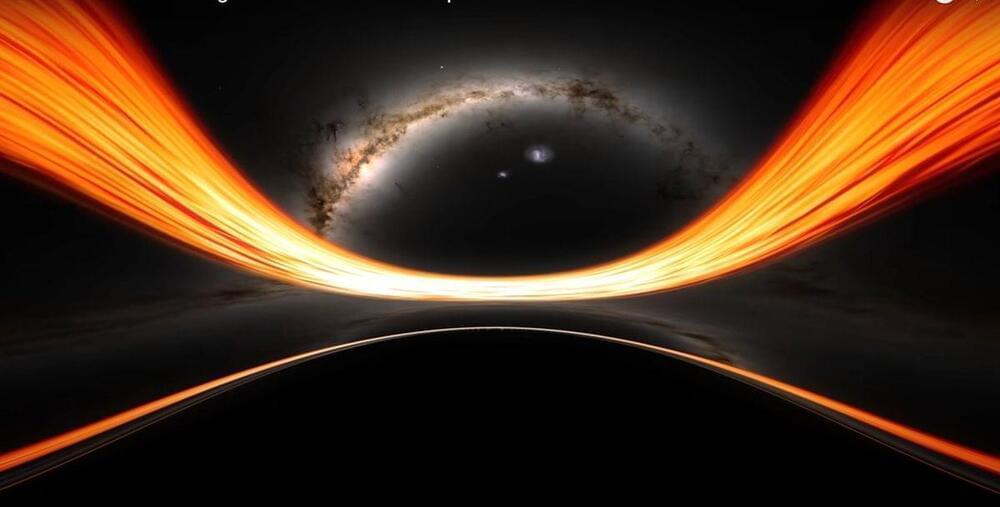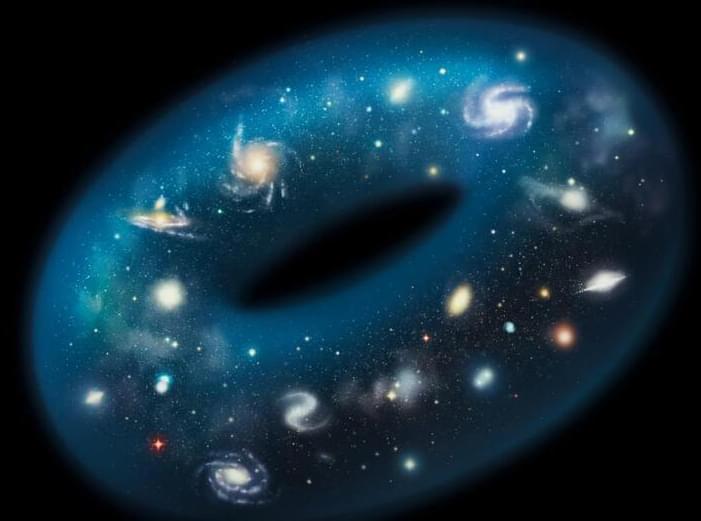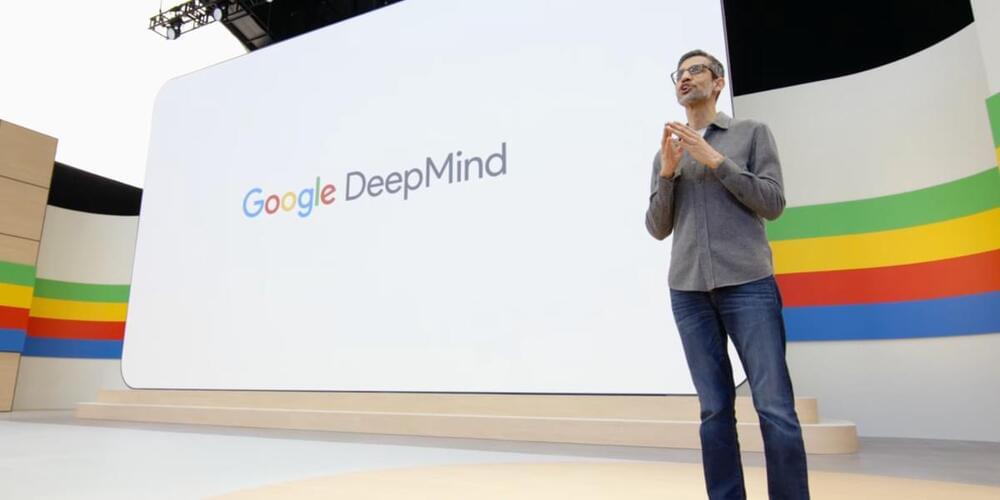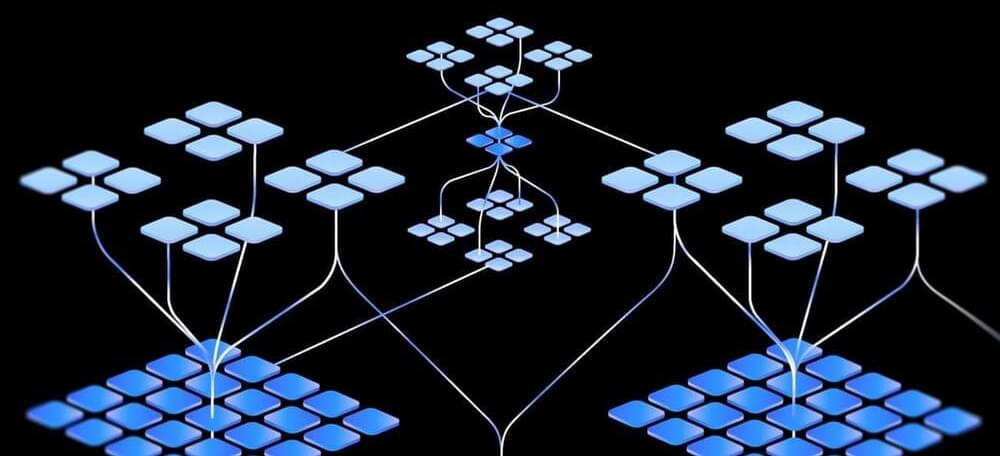
WASP-193 b is the second least dense planet discovered to date, after Kepler-51 d, which is much smaller,” said Dr. Khalid Barkaoui. “Its extremely low density makes it a real anomaly among the more than five thousand exoplanets discovered to date.
Can gas giant exoplanets larger than Jupiter have less density than the latter? This is what study published today in Nature Astronomy hopes to address as a team of international researchers discovered WASP-193 b in 2023, which is located just under 1,200 light-years from Earth and orbits its parent star (slightly larger than our Sun) in only 6.25 days. What’s unique about WASP-193 b is that it exhibits a radius almost 1.5 times that of Jupiter, the largest planet in our solar system, but whose mass is only 14 percent of Jupiter and whose density is just under 4 percent of Jupiter, as well. This study holds the potential to help astronomers better understand the formation and evolution of exoplanets, which continue to challenge our understanding of solar system architecture.
WASP-193 b has a density of approximately 0.059 grams per centimeter cubed (g/cm3), which is comparable to cotton candy. For context, Jupiter has a density of 1.33 g/cm3, Saturn has a density of 0.69 g/cm3, Uranus has a density of 1.27 g/cm3, and Neptune has a density of 1.64 g/cm3. Therefore, despite being larger than Jupiter, WASP-193b’s density is far less than the largest gas giant in our solar system.
Continue reading “Exploring WASP-193 b: A Cotton Candy-like Exoplanet” »
